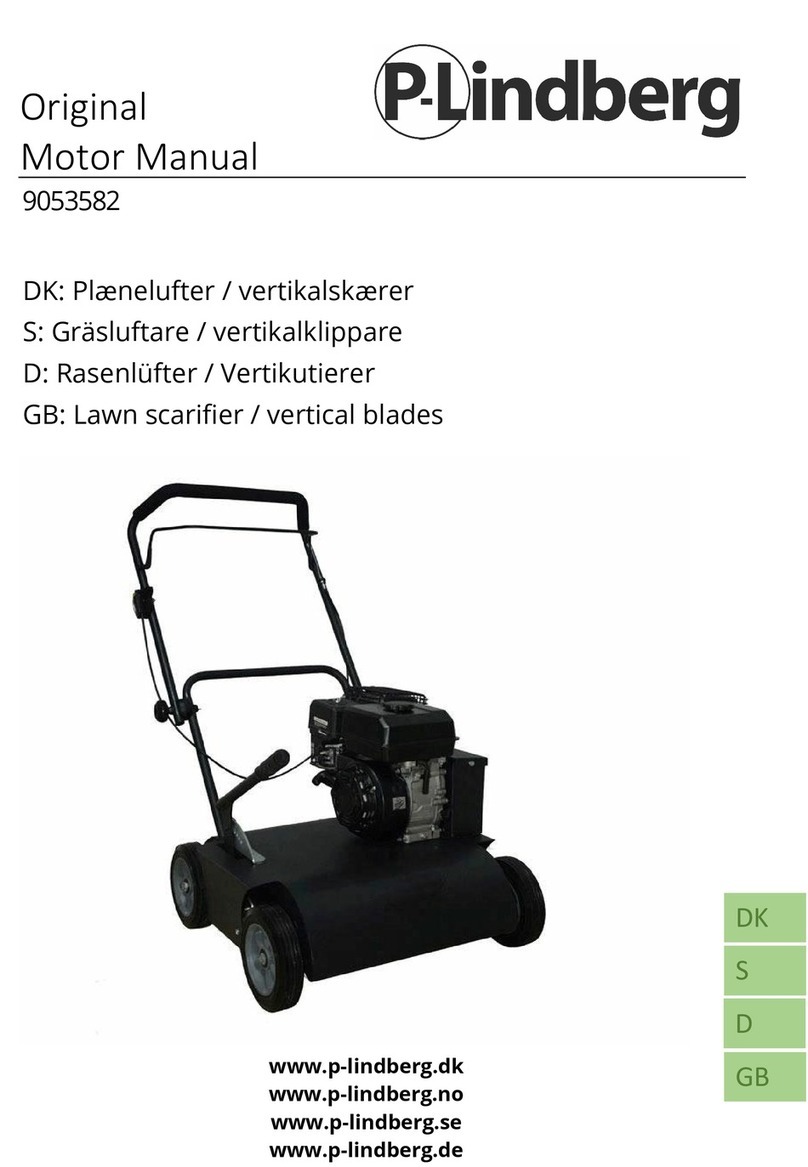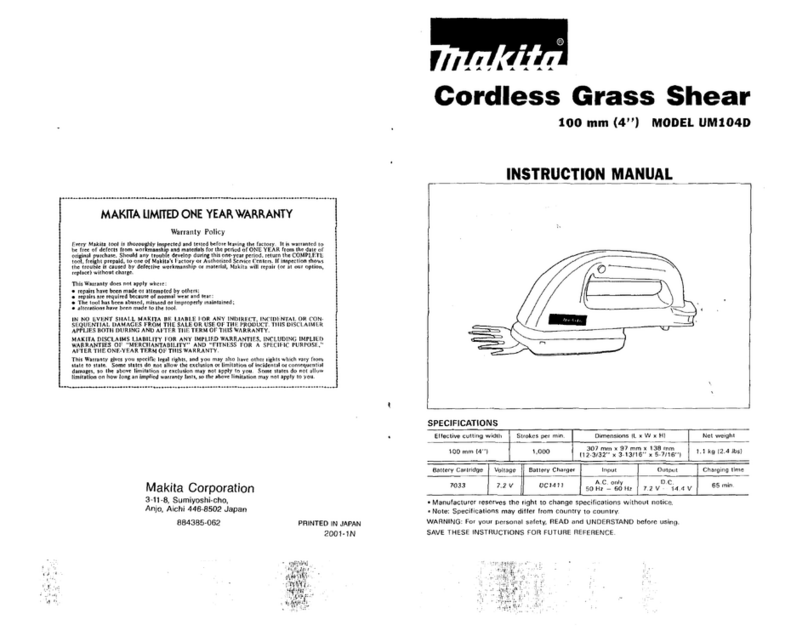infaco AT1000 User manual
Other infaco Lawn And Garden Equipment manuals

infaco
infaco electro'flor User manual
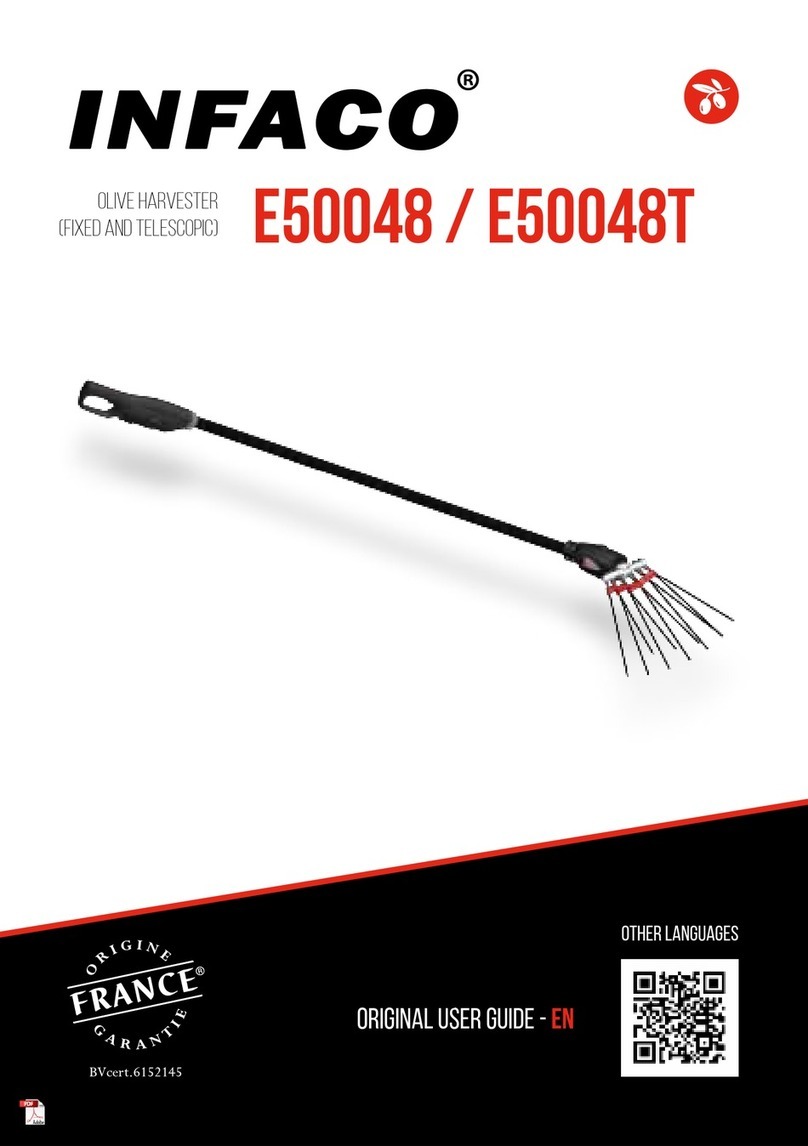
infaco
infaco E50048 User manual
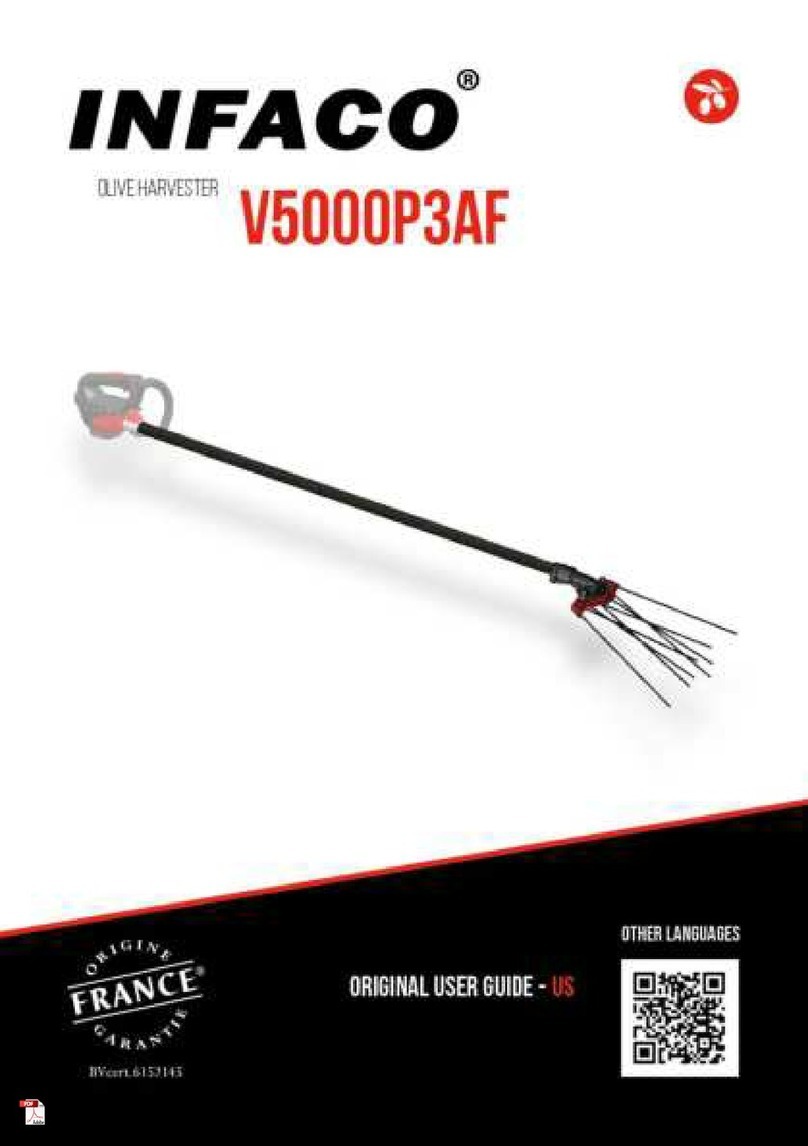
infaco
infaco v5000p3AF User manual
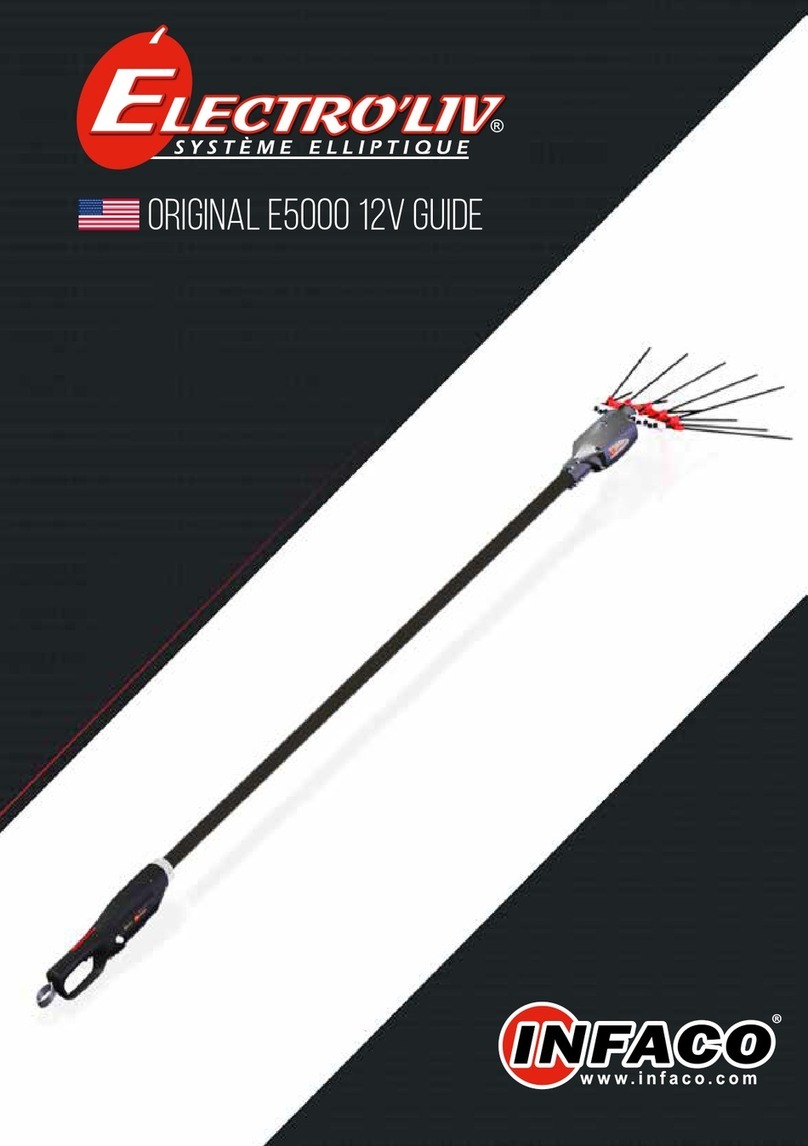
infaco
infaco ELECTRO'LIV E5000 User manual
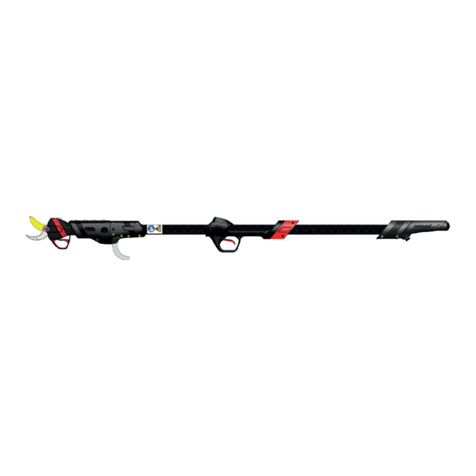
infaco
infaco P9T120B User manual
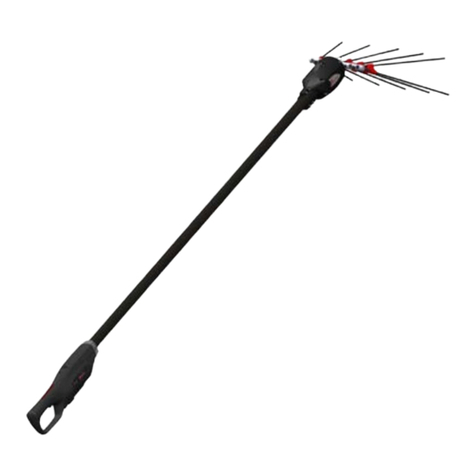
infaco
infaco E500 User manual
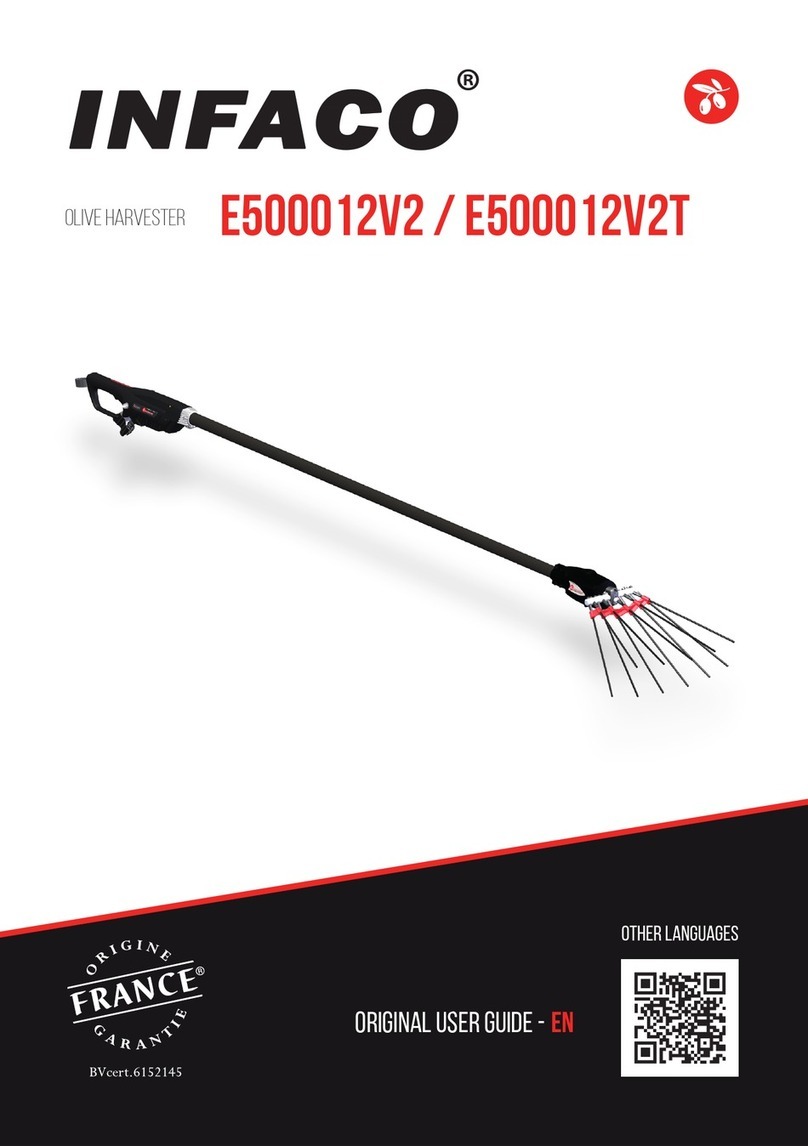
infaco
infaco E500012V2 User manual
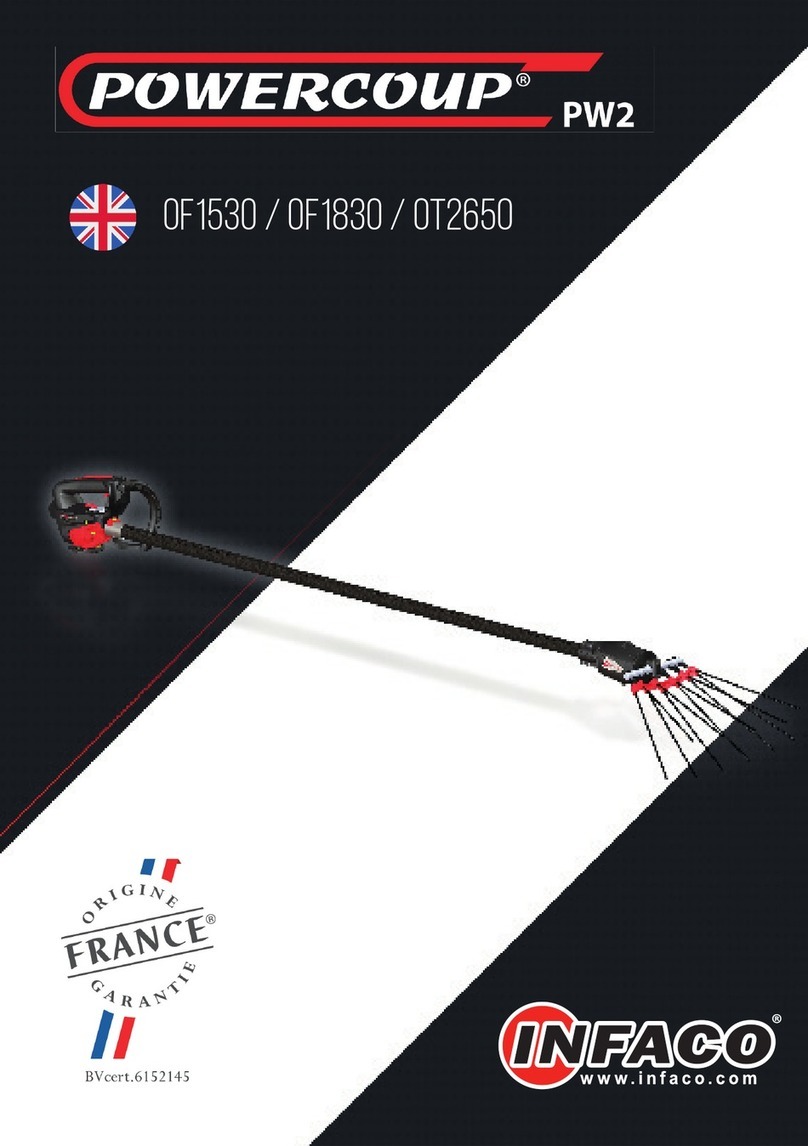
infaco
infaco Powercoup PW2 User manual
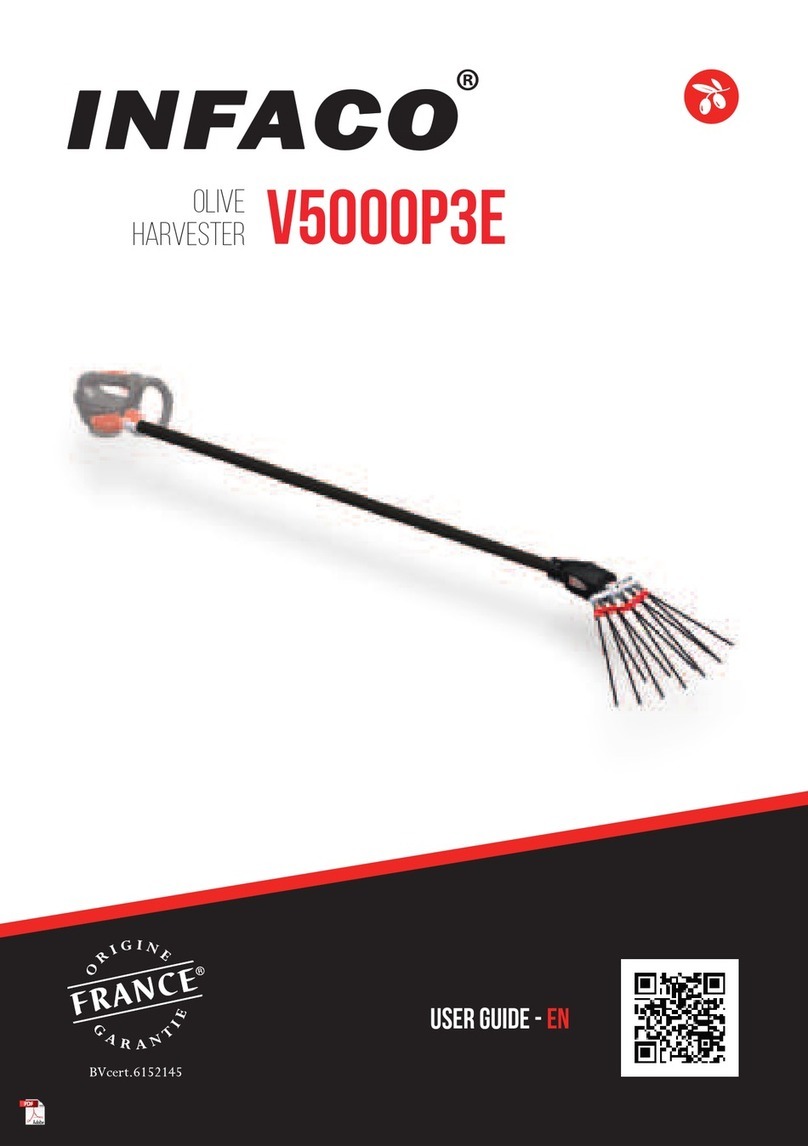
infaco
infaco V5000P3E User manual
Popular Lawn And Garden Equipment manuals by other brands

Vertex
Vertex 1/3 HP Maintenance instructions

GHE
GHE AeroFlo 80 manual
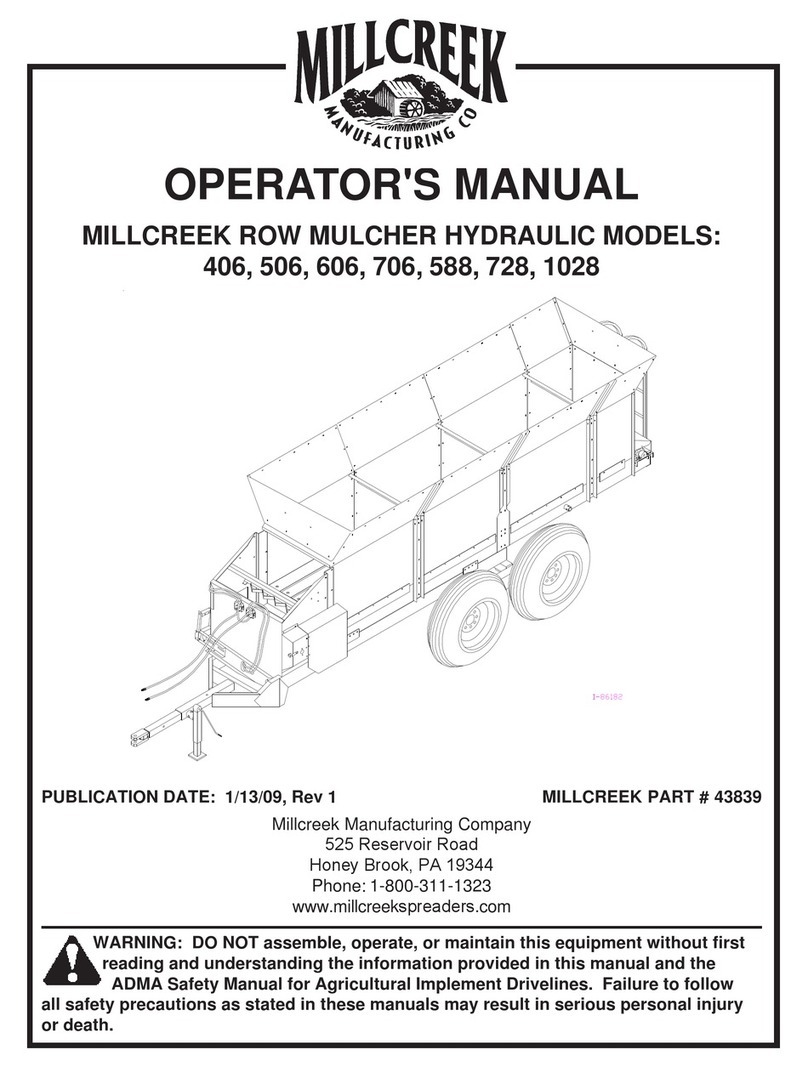
Millcreek
Millcreek 406 Operator's manual

Land Pride
Land Pride Post Hole Diggers HD25 Operator's manual

Yazoo/Kees
Yazoo/Kees Z9 Commercial Collection System Z9A Operator's & parts manual

Premier designs
Premier designs WindGarden 26829 Assembly instructions
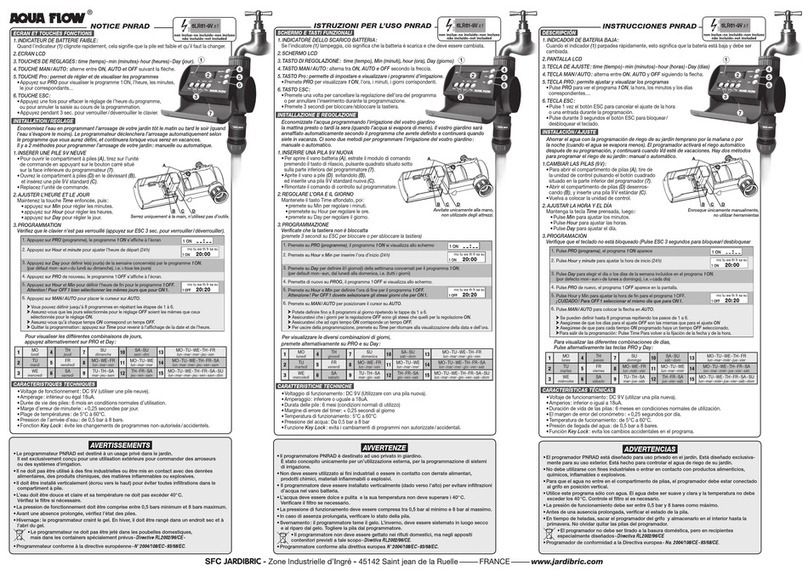
AQUA FLOW
AQUA FLOW PNRAD instructions
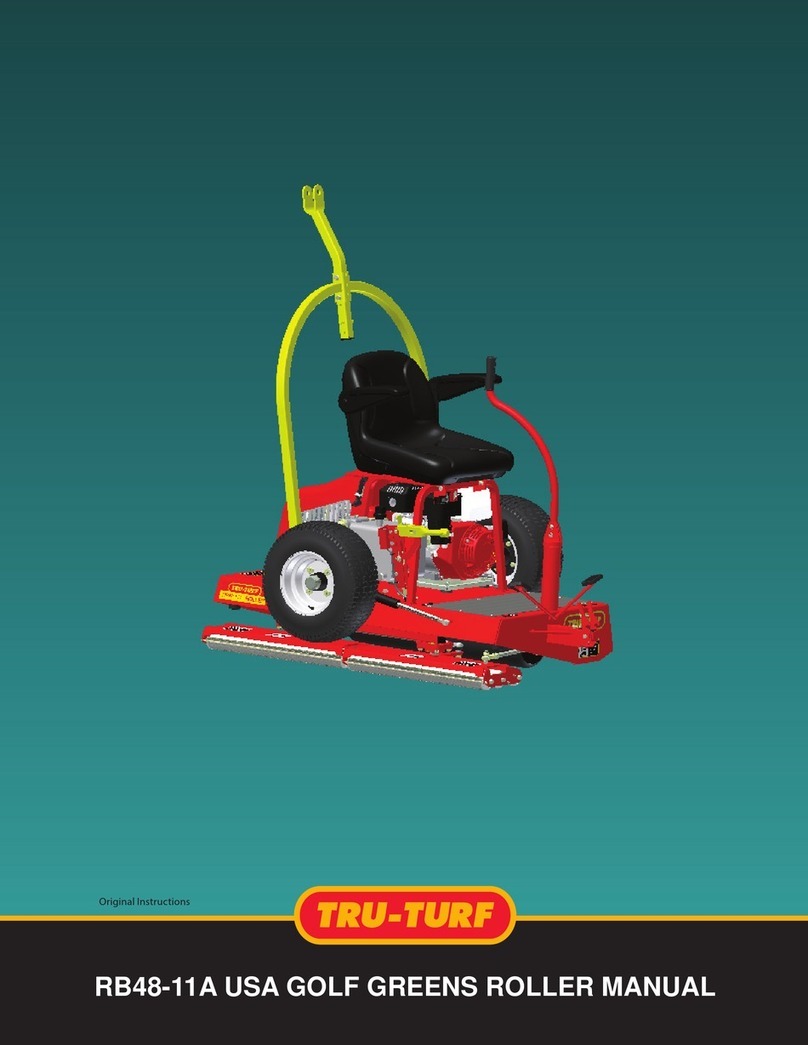
Tru-Turf
Tru-Turf RB48-11A Golf Green Roller Original instruction manual
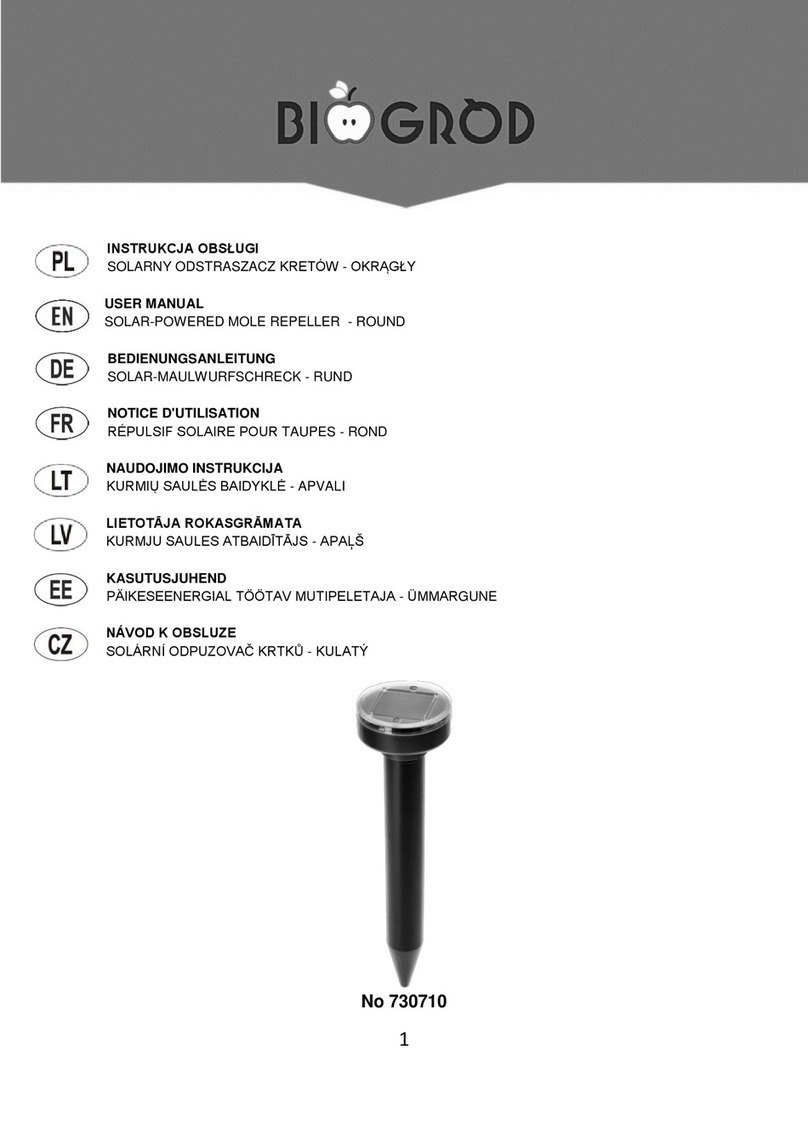
BIOGROD
BIOGROD 730710 user manual

Land Pride
Land Pride RCF2784 Operator's manual
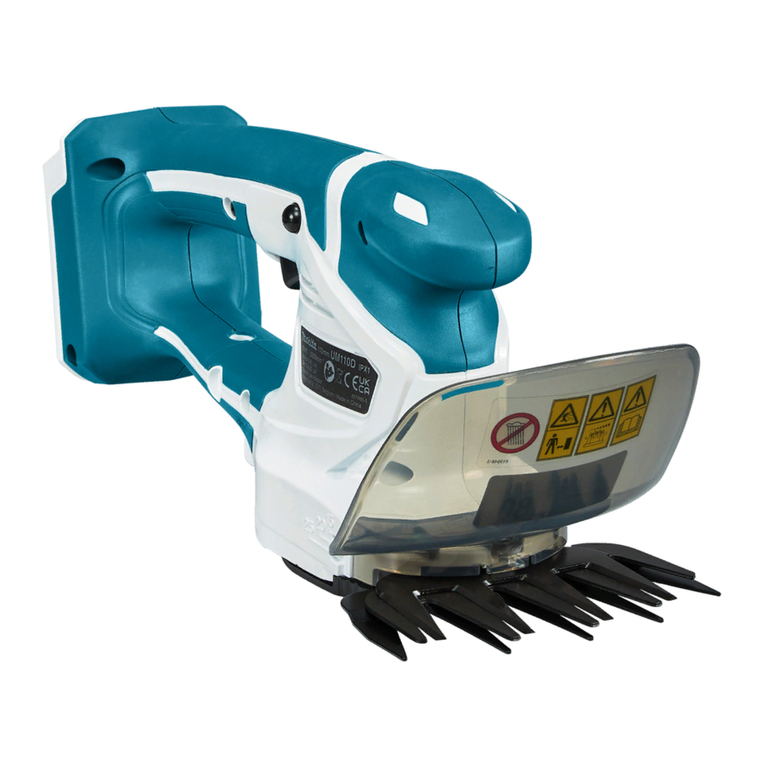
Makita
Makita UM110D instruction manual
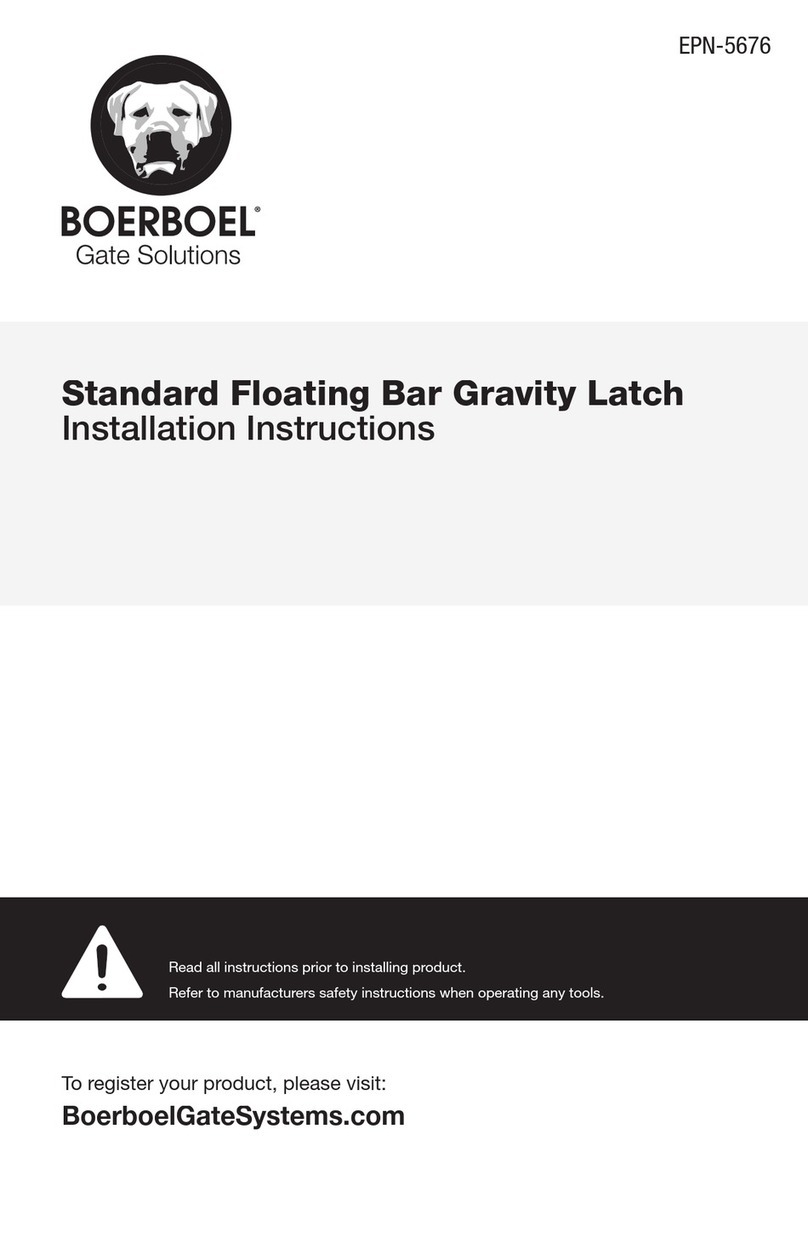
BOERBOEL
BOERBOEL Standard Floating Bar Gravity Latch installation instructions



